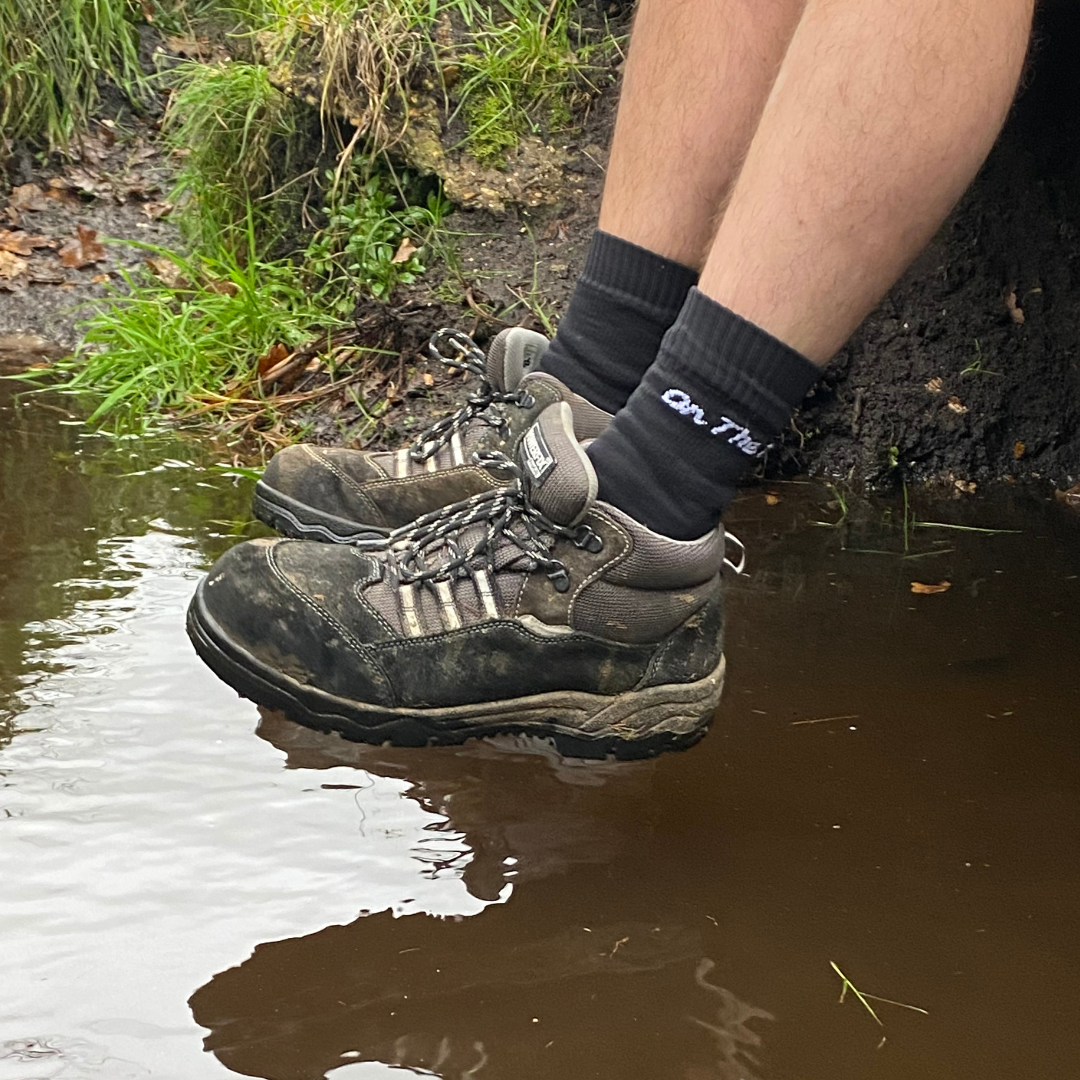
What Causes Blisters When Hiking?
Blisters are caused by friction, moisture, and pressure. When your feet rub against your shoes or socks, the outer layer of skin separates, forming a pocket that fills with fluid. Add moisture from sweat or wet conditions, and the likelihood of blisters increases.
Top Tips to Prevent Blisters When Hiking
1. Choose the Right Hiking Shoes
- Proper Fit: Shoes that are too tight or too loose cause friction. Ensure your hiking boots or trail shoes fit snugly but leave enough room for your toes to move.
- Break Them In: Never wear new hiking shoes on a long hike. Break them in with shorter walks to allow the materials to mold to your feet.
- Support and Cushioning: Look for boots with adequate support and cushioning to reduce pressure points.
2. Wear High-Quality Socks
Your socks are just as important as your shoes. The right pair can significantly reduce friction and wick away moisture.
- Moisture-Wicking Socks: Avoid cotton, as it retains moisture. Opt for materials like alpaca, which wick sweat away and keep your feet dry.
- Alpaca Socks: Our alpaca socks are a game-changer for hiking. They’re ultra-soft, moisture-wicking, and naturally odour-resistant, providing maximum comfort and blister prevention.
- Waterproof Socks: On wet days, waterproof socks are essential. Our waterproof socks keep your feet dry in rainy or damp conditions, preventing the moisture that often leads to blisters.
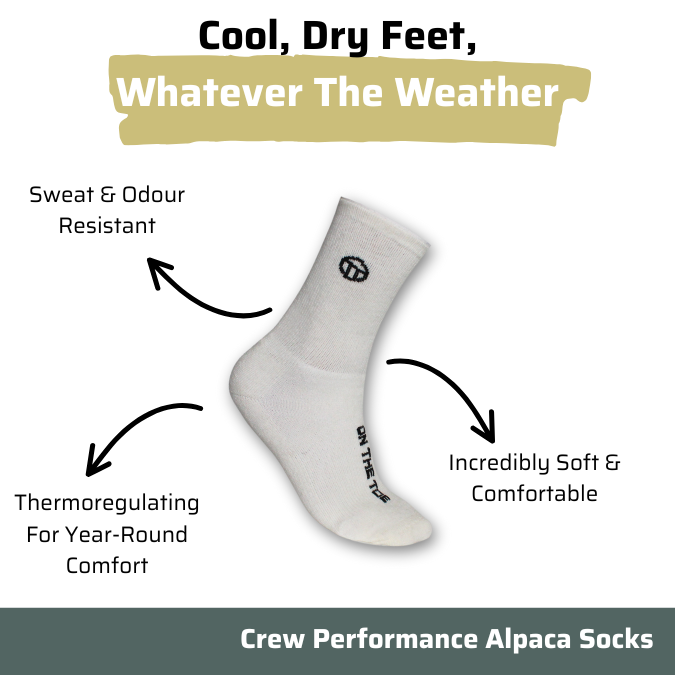
Performance Alpaca Socks
Regular price
£14.00
Regular price
Sale price
£14.00
Unit price
/
per
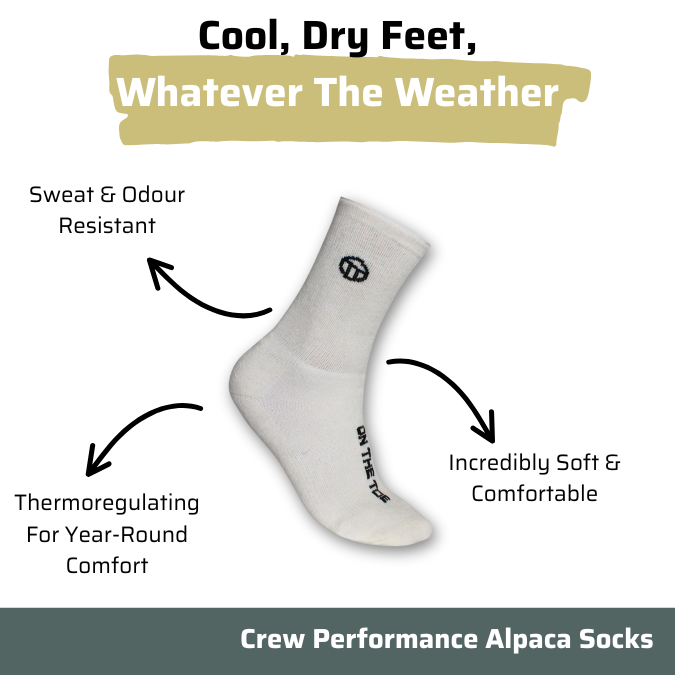


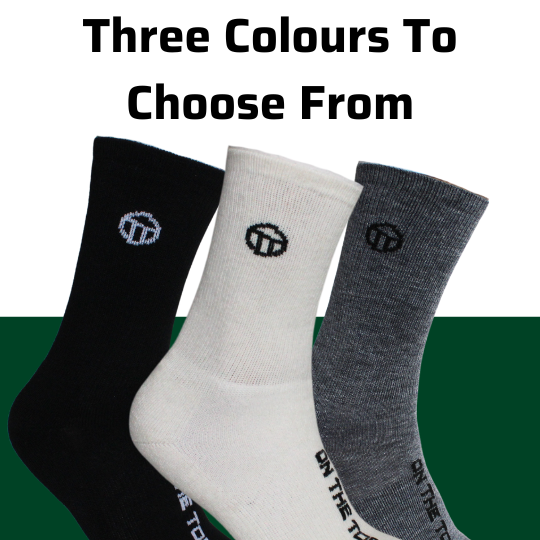


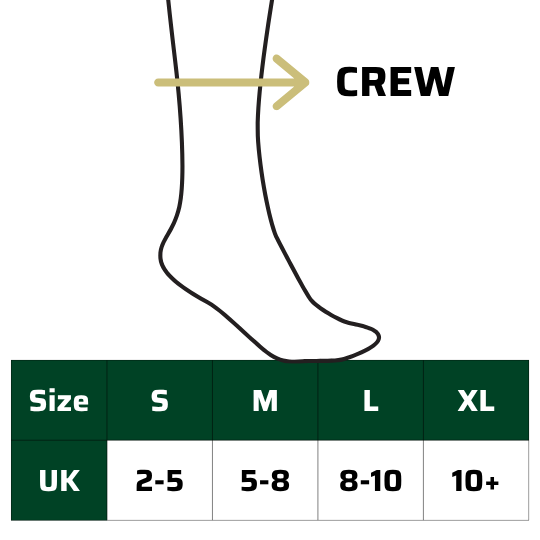
3. Keep Your Feet Dry
- Change Socks Mid-Hike: Bring an extra pair of socks to switch out if your feet get sweaty.
- Use Foot Powders: Sprinkle talcum or anti-friction powder on your feet before putting on socks to reduce moisture and friction.
- Waterproof Your Shoes: If hiking in wet conditions, use waterproof boots and socks to keep your feet dry.

8 reviews
Wallington - Waterproof Cold Weather Socks
Regular price
£29.99
Regular price
Sale price
£29.99
Unit price
/
per





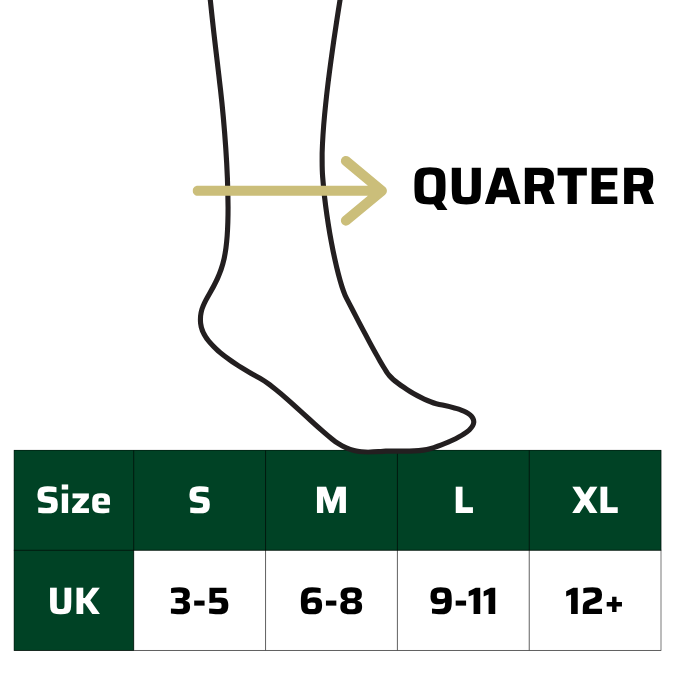
4. Use Anti-Friction Products
- Lubricants: Apply anti-chafing balm or petroleum jelly to areas prone to friction, such as your heels or toes.
- Blister Prevention Tapes: Use blister-specific adhesive patches or moleskin on high-friction areas to create a protective barrier.
5. Pay Attention to Hot Spots
A "hot spot" is the first sign of friction before a blister forms. As soon as you feel discomfort:
- Stop and inspect your feet.
- Apply moleskin, tape, or a blister pad to the affected area to reduce friction and prevent a blister from developing.
6. Trim Your Toenails
Long toenails can cause discomfort and pressure inside your shoes, increasing the risk of blisters.
Keep them trimmed and smooth before heading out.
7. Break Up Long Hikes
On longer hikes, take breaks to air out your feet and let them cool down.
Remove your shoes and socks, allowing sweat to evaporate. This reduces moisture buildup and gives your feet a chance to recover.
8. Strengthen Your Feet
Conditioning your feet can help them handle the stresses of hiking:
- Gradually increase the length and difficulty of your hikes.
- Walk barefoot occasionally to toughen up the skin.
Best Gear for Preventing Blisters
Alpaca Socks for Dry Conditions
Soft, breathable, and moisture-wicking. Perfect for keeping feet comfortable on dry hikes.
Waterproof Socks for Wet Weather
Essential for rainy days or hikes involving water crossings. Keep feet dry and blister-free.
Properly Fitted Hiking Boots
Ensure a secure fit with room for your toes and minimal heel movement.
Anti-Chafing Balms and Tapes
Create a barrier against friction in high-risk areas.
FAQs About Preventing Blisters While Hiking
1. What should I do if I already have a blister?
If you develop a blister, clean the area and cover it with a blister pad or moleskin. Avoid popping the blister unless it’s very large or painful. If popped, clean the area, apply an antibiotic ointment, and cover it with a sterile bandage.
2. Can I hike with wet socks?
Hiking with wet socks increases the risk of blisters and discomfort. Always carry a spare pair of dry socks for long hikes.
3. How do alpaca socks help prevent blisters?
Alpaca socks wick moisture away from your skin, keeping your feet dry. They’re also soft and reduce friction, which are key factors in blister prevention.
Final Thoughts
Blisters don’t have to ruin your hiking adventures. By choosing the right footwear, wearing high-quality socks like our alpaca socks and waterproof socks, and taking proactive steps to reduce friction and moisture, you can prevent blisters and enjoy every step of your journey.
